PRESTO PLANS
Sent straight to your inbox
CLICK HERE TO ACCESS
Sign up to receive 10 ready-to-use ELA resources your students will love!
10 FREE ELA RESOURCES
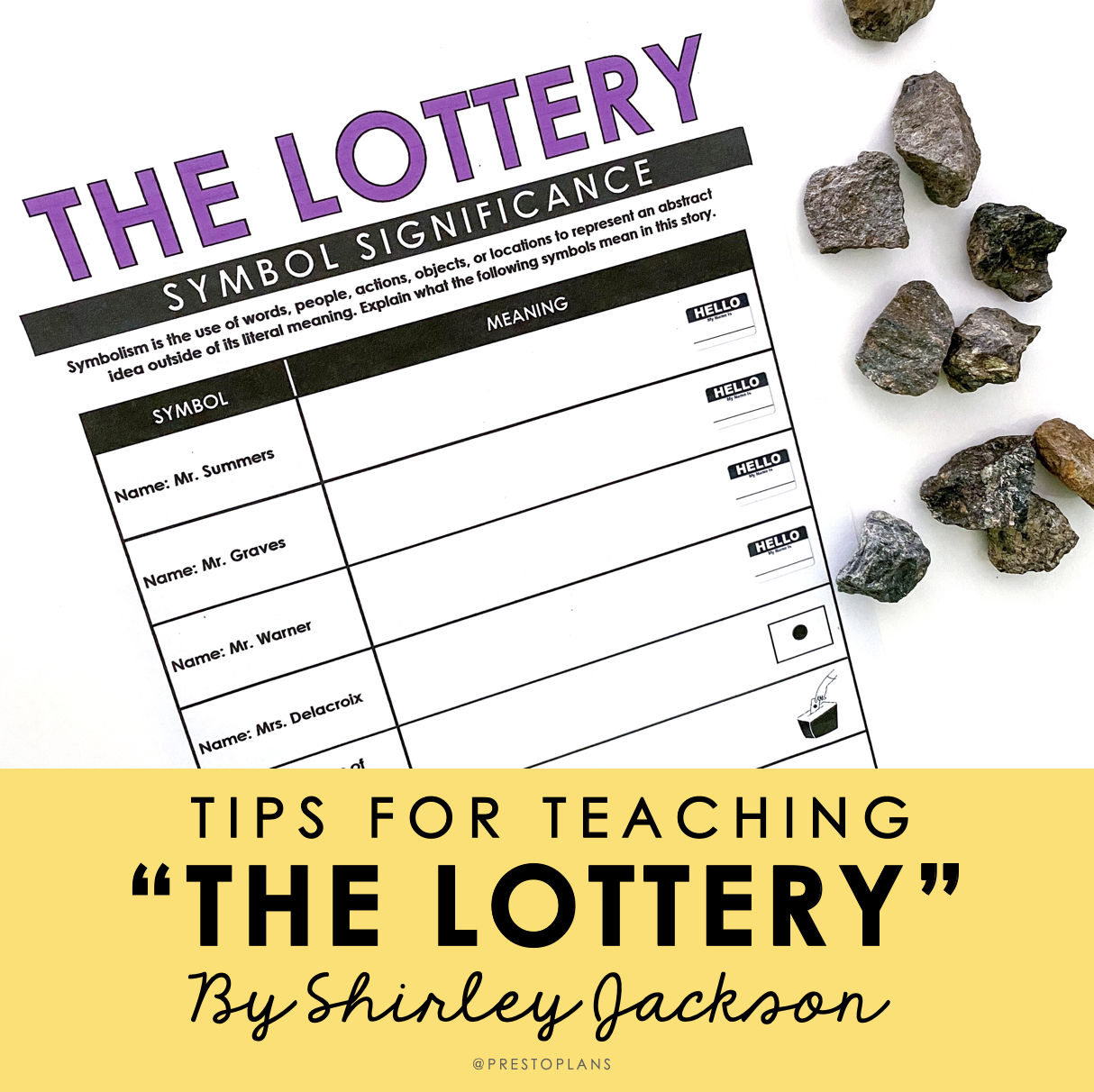
Teaching The Lottery by Shirley Jackson
If you are teaching “The Lottery” by Shirley Jackson, you might be looking for strategies and tips for analyzing this thought-provoking story. I wanted to share my best tips for helping you guide your students through all elements of this classic tale!
In “The Lottery,” the villagers of a small town gather in the town square for the annual tradition of the town lottery. As the story progresses, the reader soon starts to realize that this is a lottery that one might not want to win.
So, where to begin when teaching this short story? Below are some tips to bring it to life for your middle or high school students.
Building Background Knowledge
Before introducing any short story to your students, I would suggest providing any context that students may need to fully understand the background of the story. When teaching Shirley Jackson’s “The Lottery,” I tend to focus on the author herself as well as relevant details surrounding the initial publication of the story. Giving your students some information on how the story was received by its initial audience will certainly get their attention since it sparked a great deal of controversy at The New Yorker (i.e. lots of subscriptions canceled, hate-mail, phone calls, etc).
Finally, I have students make predictions about the text based on the story’s intriguing title alone. Of course, “The Lottery” evokes winning money, a prize, or some other type of good fortune. Students will automatically think that it is referring to something positive. One of the many strengths of this story is the way that it subverts the reader’s expectations, and the title of the story is an important part of that.
Having students guess what the story is about based on the title and what they know about the lottery makes for an entertaining activity that will get students invested right away! Later, you can revisit and laugh about these predictions as a class because they will all likely be way off.
Pre-Reading Activity
Before diving into the story itself, I suggest having students respond to discussion questions so that they can further invest themselves in the story by establishing text-to-self connections and opinions related to the subject matter. Since traditions play an important role in the story, I like to focus on traditions and superstitions questions. They might be questions like…
- Why do you think people follow traditions?
- What are some superstitions you have?
Then we spend some time examining some common North American traditions that might seem somewhat irrational when you look at them more closely. Some examples I use are trick or treating–getting dressed up in scary costumes and going to strangers’ houses asking for candy!—and the official turkey pardoning ritual done by the President of the U.S. each year. There are many more just like them.
Read the Story
After completing these pre-reading activities, it is time to actually read the story. It is important to keep in mind that while the story is accessible, there are certain aspects of the plot that your students might not grasp upon first reading. I like to actually tell my students, right before they read it for the first time, to be on the lookout for symbolism in the names of people and places. Because “The Lottery” is filled with symbolism, giving students this little clue can go a long way in teaching them the story.
It can also be a good idea to have students take breaks in their reading of the story from time to time and make predictions about what’s to come. The story starts off in such a distinctly positive and cheerful way that it lends itself well to using this as an ongoing exercise.
Post-Reading Discussion
Once everyone has finished reading the story, provide post-reading discussion questions. Like the pre-reading questions, these should get the students to make opinions about the subject matter in the story, only now their opinions will be informed by what they have just read. Ideally, the story will have had some sort of meaningful impact on these opinions. At the very least, by discussing them as a class, students will build an emotional connection to the story, which will help them with their analyses. Here are a couple of the questions I like to use:
-
“Why do you think they have kids participate in the tradition of the lottery?”
-
“Why do you think no one protests the lottery?”
At this point, I also like to ask students to make a connection between this story and the hugely popular novel and film, The Hunger Games. I show them a trailer of the movie to jog their memory and give them the basic premise in case they have not watched it. I then ask them if they think the popularity of the series has made “The Lottery” seem less surprising now because of its many similarities, particularly with regard to the concept of “the reaping” in The Hunger Games.
Analysis Questions
Next, I like to get students to respond to analysis questions that provoke them to dive a little deeper into the text. You can get students to complete these independently, in small groups, or even as a collaborative activity where they walk around the class and answer questions together printed on chart paper. Present these however you see fit, but do take this opportunity to cover things like characterization, foreshadowing, building tension, irony, and other aspects of the story that deserve their close attention.
Symbolism Significance Activity
Having already mentioned the importance of symbolism at the outset, you can get students to demonstrate their understanding of the key symbols in the novel having now read and discussed the story in some detail. I actually like to make this into an activity: I give students a list of relevant names, objects, etc., and have them try to explain the symbolic meaning of each one. For example, the name Mrs. Delacroix literally means “of the cross.” Her name is ironic because she is the least representative of Christian virtues—she is the one who chooses the largest rock. Afterward, we go over the answers together as a group, so it is a good idea to have these prepared ahead of time.
Interactive Lecture
There are some aspects of the story that your students might not pick up on or that require a little more time to flesh out sufficiently. These ideas can be presented in an interactive lecture that you prepare ahead of class. You should share some more detailed information on things like setting and theme here, for example. Try to get students involved in the lecture by engaging them with related questions instead of simply telling them the information.
Film Comparison
Have you watched a film version of “The Lottery?” I suggest following up your interactive lecture with an adaptation of the story so that your students can see it in a new light. This will enrich their interpretation of the text version. You can get your students to try and find 5 differences between the film and the text! A link to my favorite film version is included in this activity.
Creative Assignments
I love ending a short story unit with a creative assignment that will help students retain important information about the story and show analysis and connection. There are two projects that I like to assign for this:
1. Newspaper Project
The first one is a newspaper project for which students create a headline article, an obituary, a special interview, and a letter to the editor covering the specific events and details from the story. I also provide templates for students to use for this as scaffolding so that they do not have to start with a blank page.
2. Exploring a Tradition Project
The second creative project I give students is exploring a tradition. For this assignment, I get students to explore the rituals that are present in their own lives. I ask them to brainstorm some of the traditions they have with their families or their communities. Then, I get them to pick one they would like to explore a little further through research. They look at things like its origins, who follows this tradition, and consider what are some of its pros and cons. I also ask them to reflect on whether they think that tradition should continue and have them explain their answer. Finally, I get them to share their findings through a presentation, podcast, or blog post format.
There you have it! I hope you enjoy teaching “The Lottery” by Shirley Jackson. It’s definitely one of my favorites to teach for sure. If you would like to grab a ready-to-teach bundle with all of the resources mentioned above, you can do so by clicking the button below.
Prefer to grab it on TpT? No problem, just click here.
Here is what a few teachers who have used the resources already had to say:
- “This was a fantastic resource. The story hooked my students and they really got into character when they were completing the writing assignments.” Dara Y.
- “I just used this with my high school students last week. It has worked so well. We actually have to push the discussion into the next class period this coming week. Thank you!” Chloe J.
Looking for more stories like this one? Check out this blog post on my favorite spooky stories to teach in middle and high ELA.
Search the blog for what you are teaching
GIVEAWAYS
sent straight to your inbox!
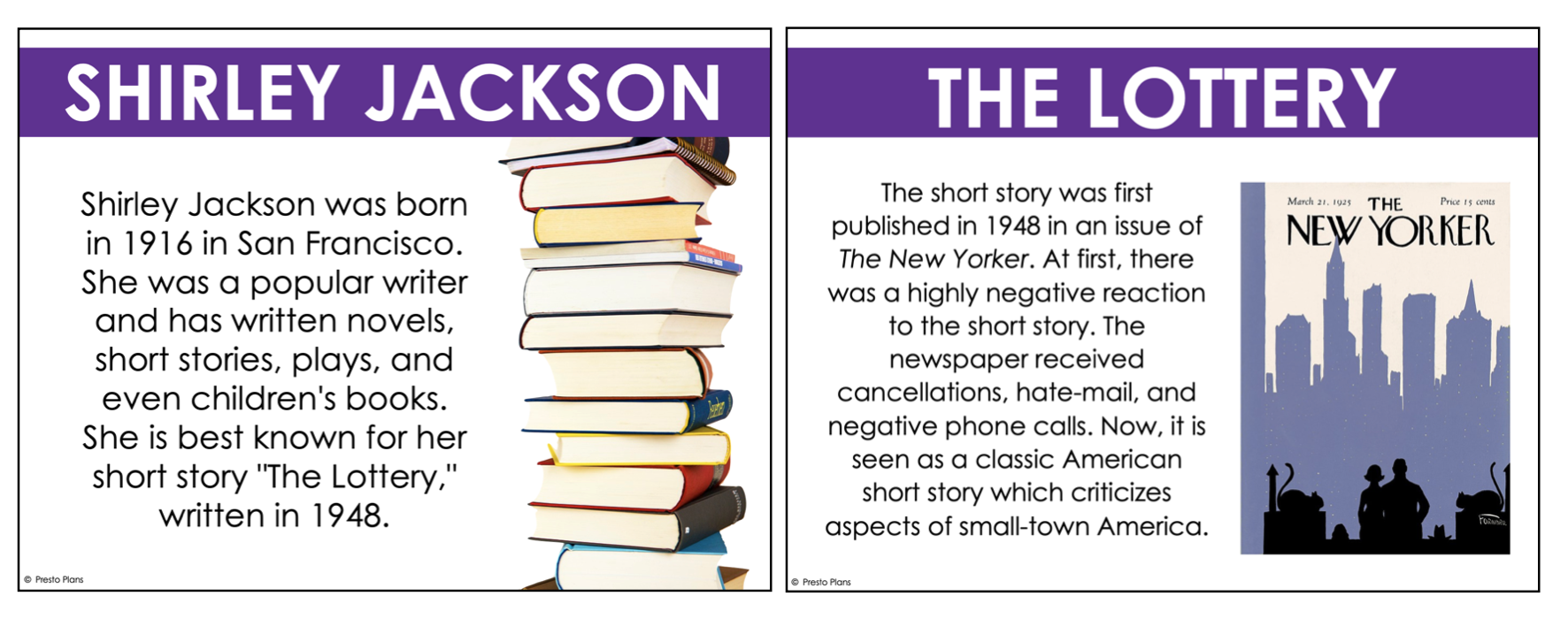
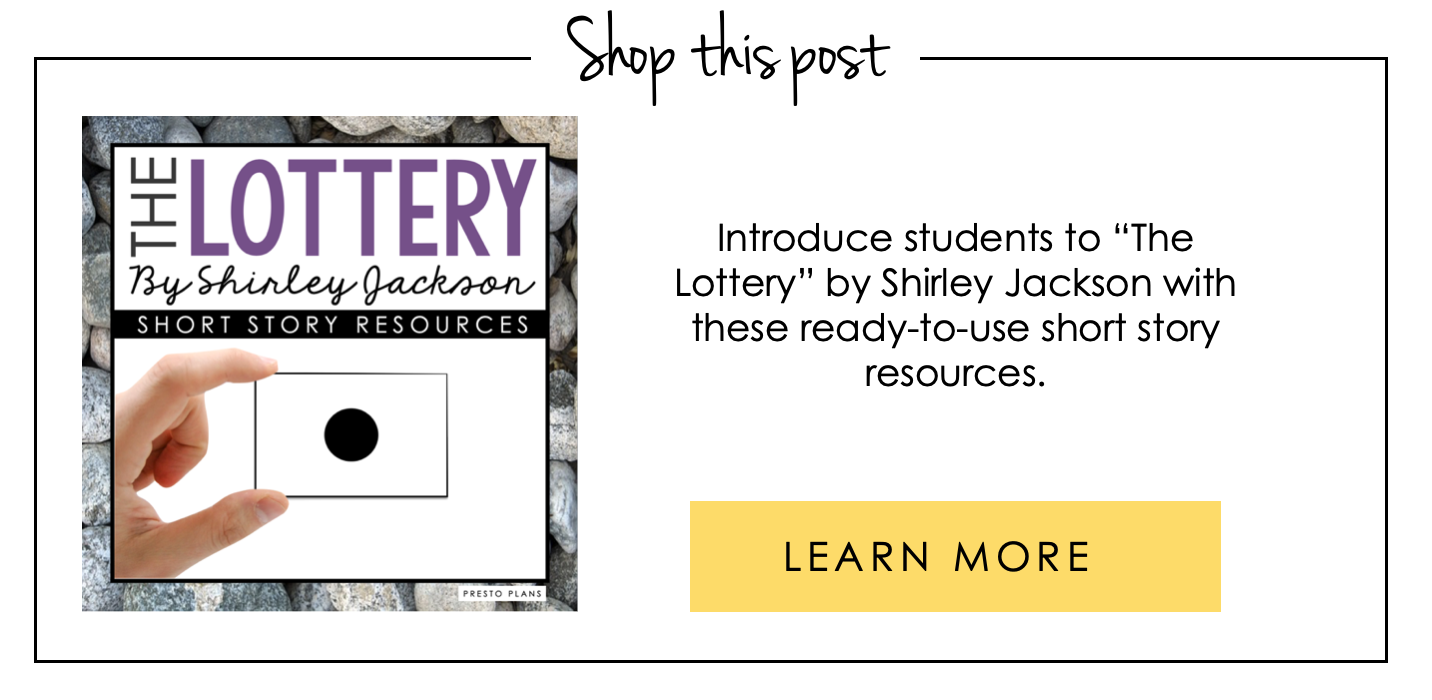
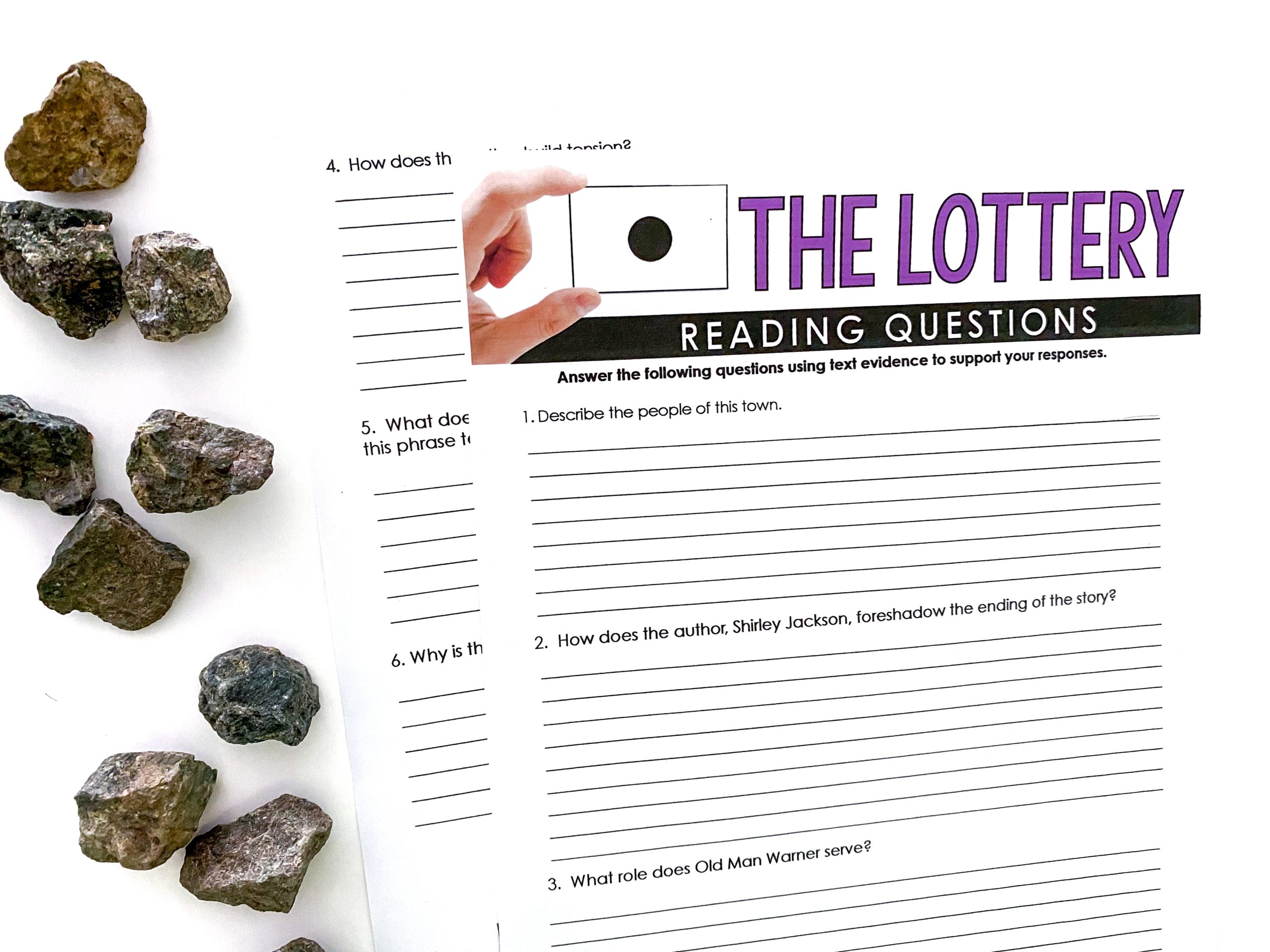
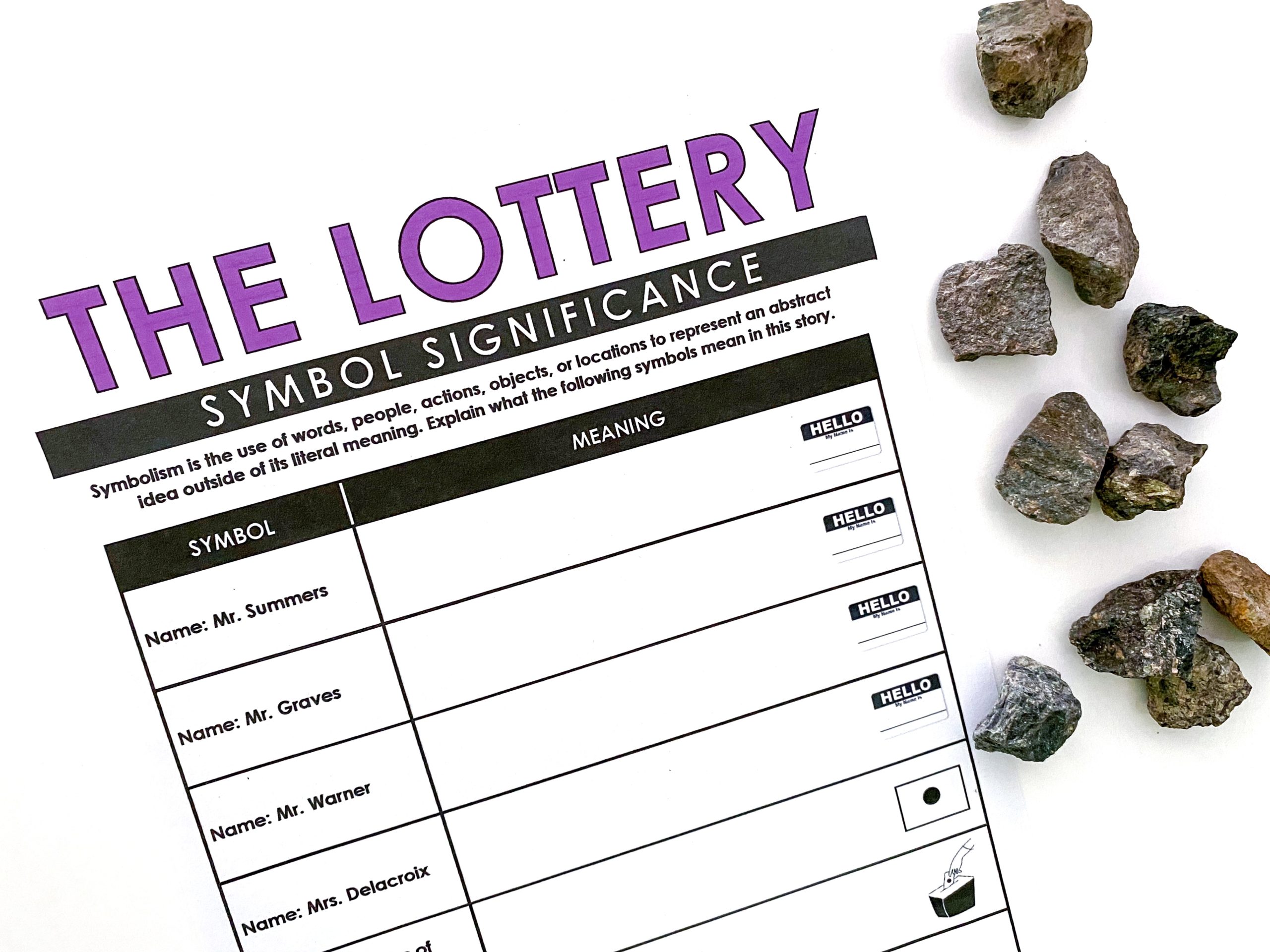
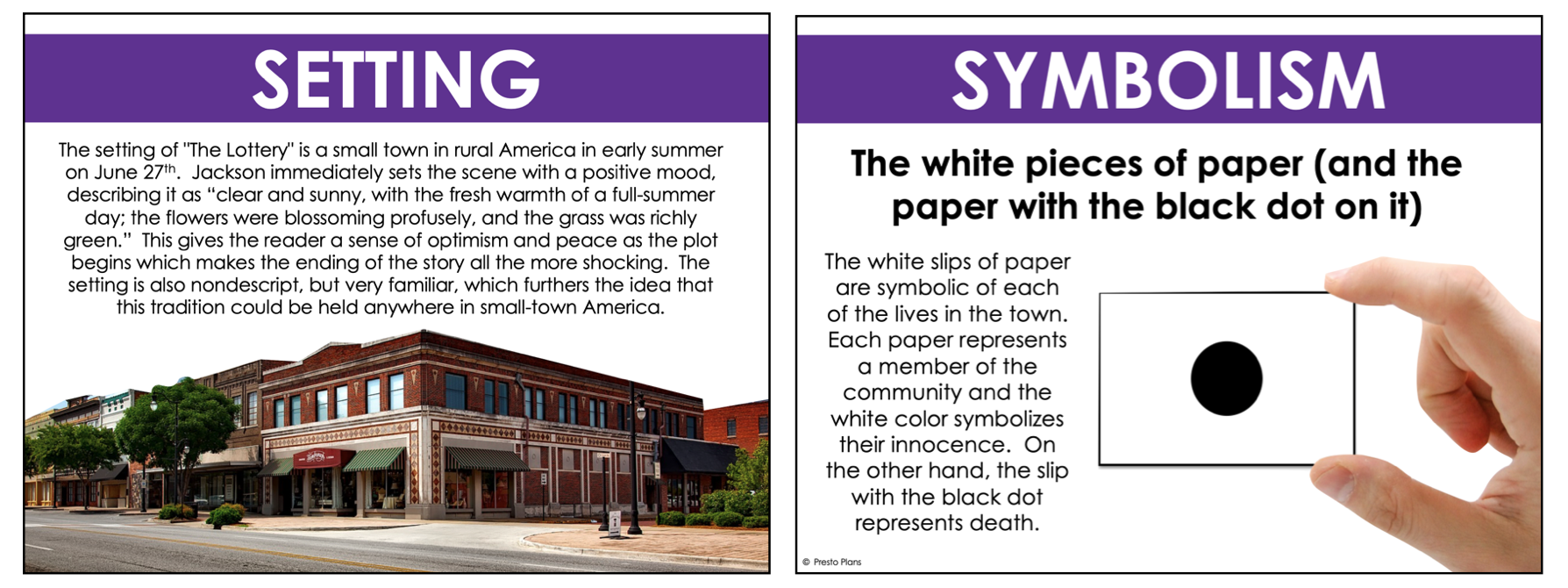
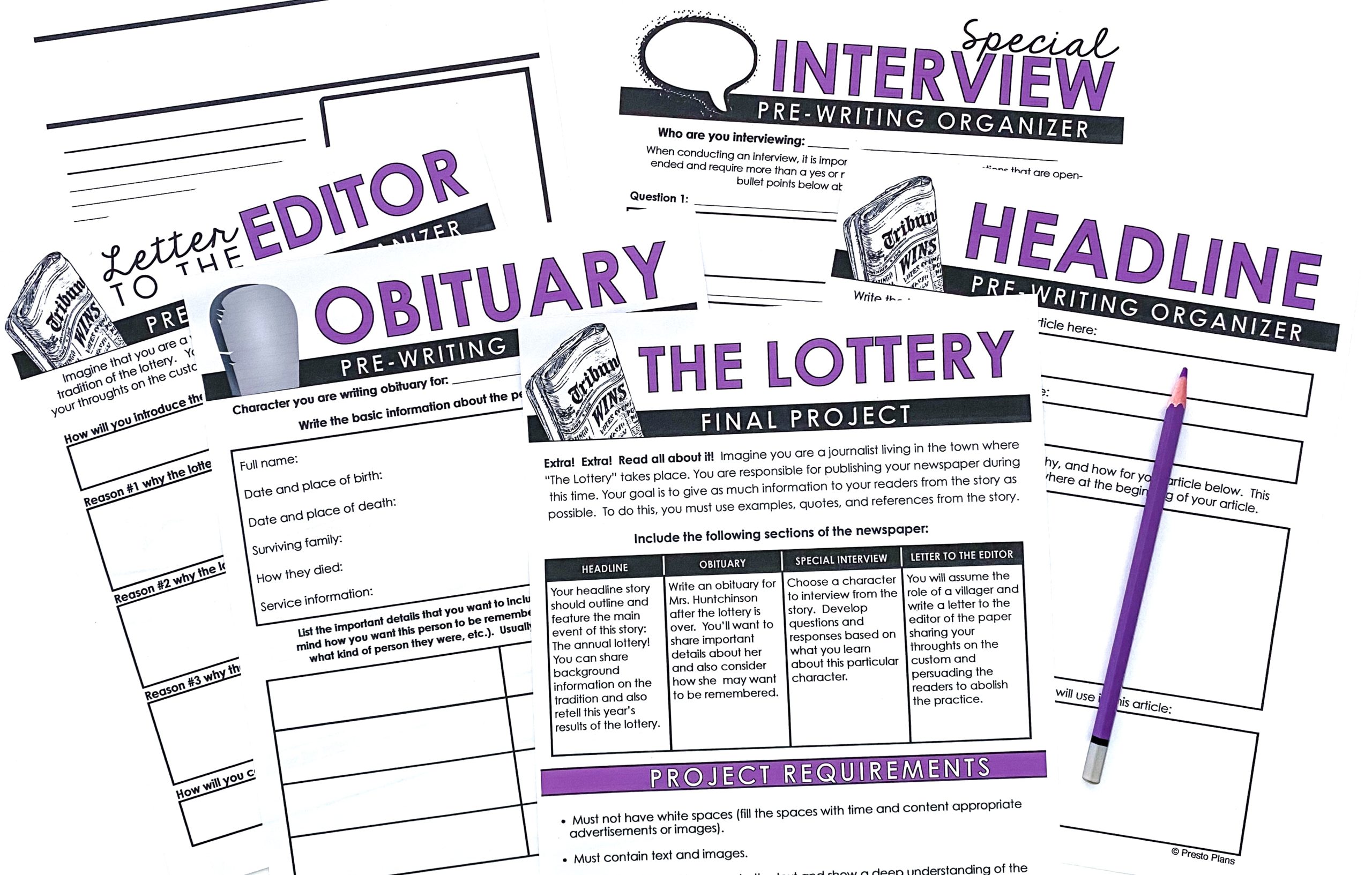
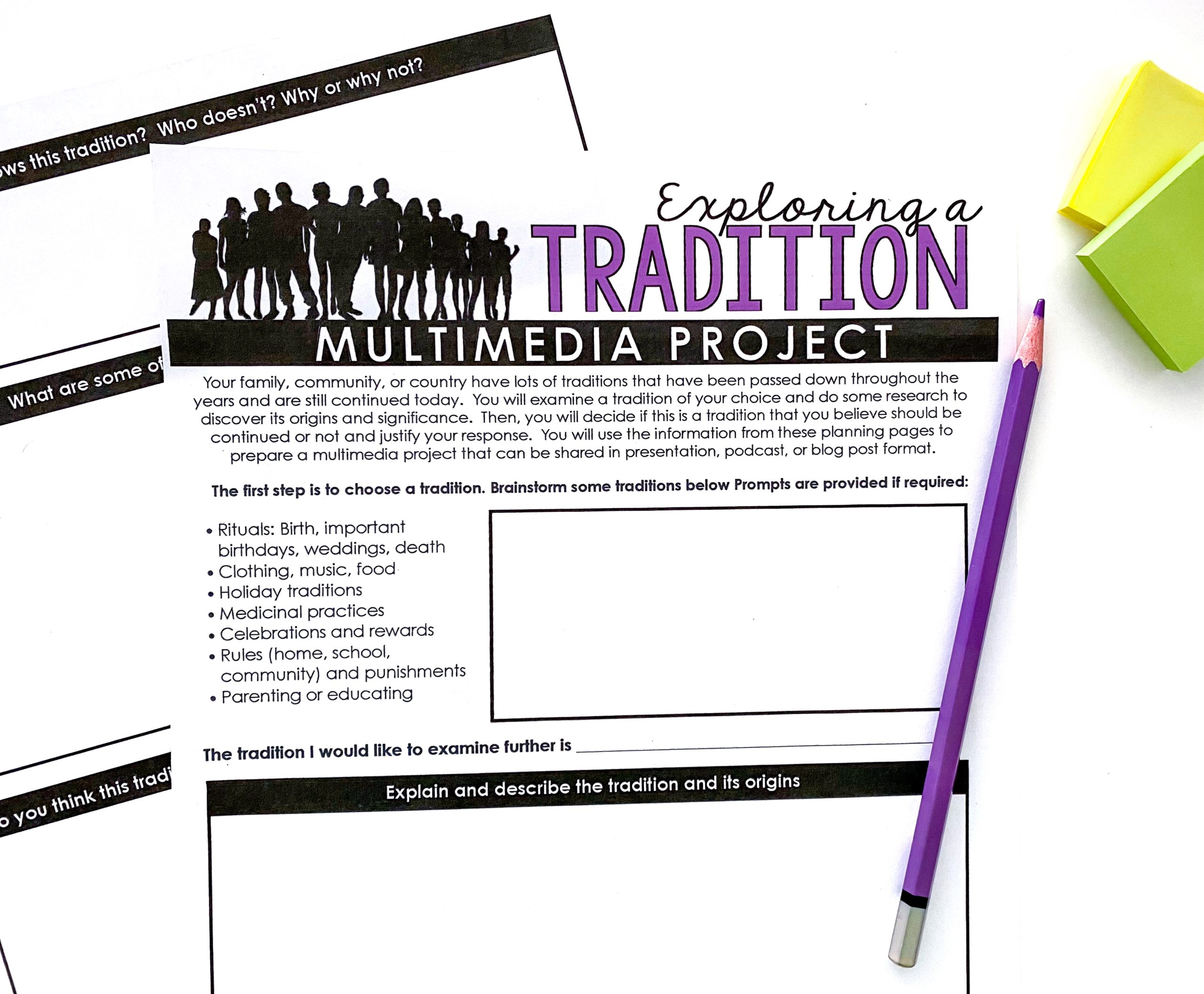
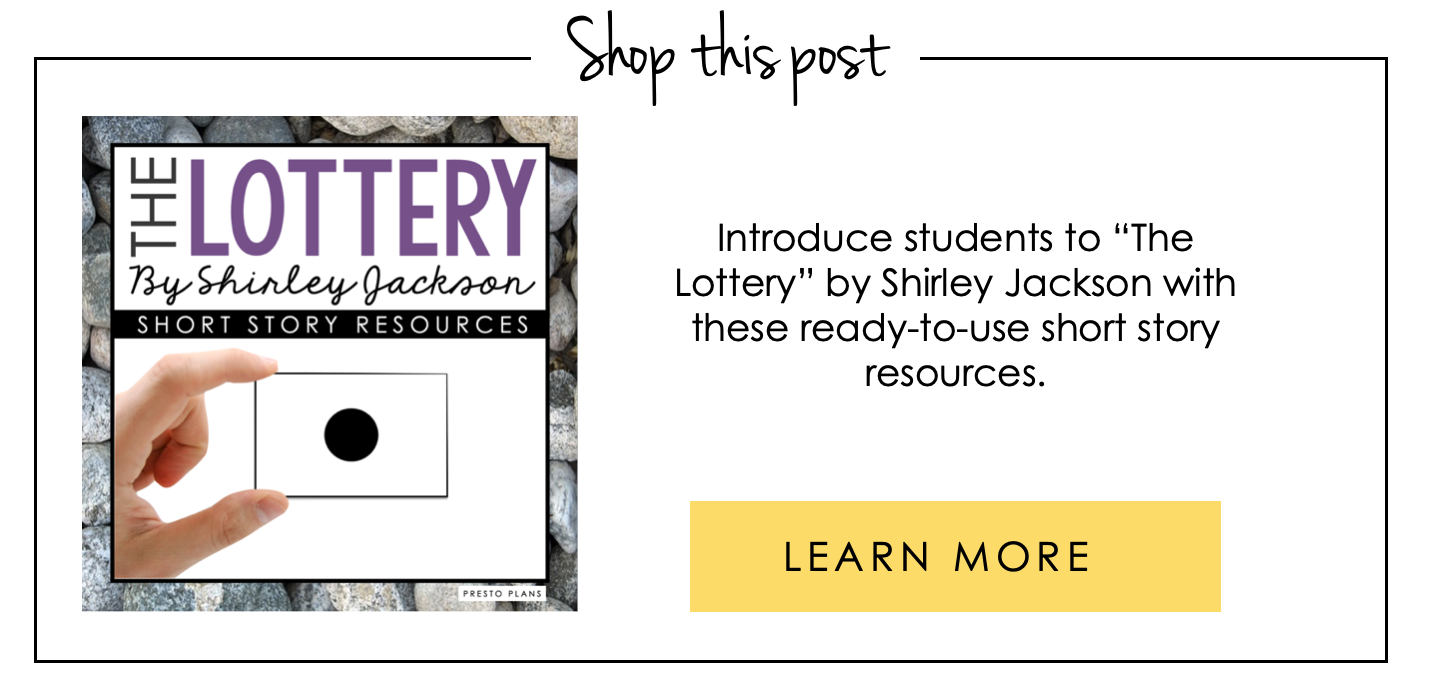
share this post